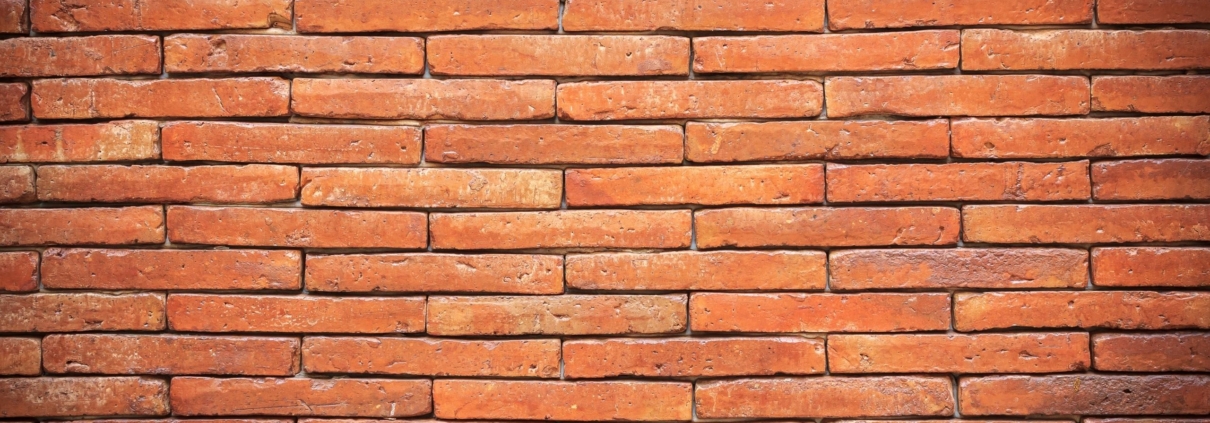Tuckpointing vs. Repointing: What You Need to Know
Tuckpointing and repointing look like two of the same things, but there is a distinct difference. Like basketball and football, if you learn the basics and understand the differences between each position, all will make more sense. Let’s dive deeper into it, shall we?
Mortar Breaks Down
You are aware that stone and brick mortar joints don’t last as long as the materials. Let’s say a brick wall can last up to 100 years without needing repairs, but the mortar joints can begin to show signs of wear and tear in 20-30 years.
This is when tuckpointing and repointing come into the picture. Usually, only specific areas of a structure need repointing, and in this case, new mortar must resemble the original mortar points.
Now, what’s the difference between these two methods?
Tuckpointing
Tuckpointing is a method that began to imitate the appearance of rubber brick in England. The method uses two different colours of mortar to fill in the brickwork joints. One of the colours is designed to match the actual bricks for a seamless appearance, while the other colour is for the actual appearance of mortar joints. As they are joined together between the brick mortars, they create an illusion that is very fine.
Repointing
Now, repointing is the method of filling in or repairing joints on damaged, cracked, or crumbled brickwork. The mortar joints play a crucial role because they support the whole structure. When they become damaged, water elements can come through that could cause significant problems to the entire masonry structure.
How Do You Know When It’s Time for a Mortar Repair?
Mortar joints aren’t designed to last forever, and they can show signs of damage within 20-30 years. If you think your mortar joint has reached this point, you need to be wary of the signs.
Some signs include mortar erosion that is over 6 mm and is crumbling. Hairline cracks in the mortar are also a sign, while there are cracks or gaps between the actual bricks and the start of the mortar that will come out to reveal signs of damage.
Keep in mind that tuckpointing and repointing are not always the best solution, especially when the damage is too severe. Usually, a sign that the damage is extensive is when bricks are already coming loose or appear damaged.
Repointing will only solve mortar joint issues, but not the entire brick itself.
With that, acting on the first sign you see will do wonders. Otherwise, mortar joint issues can expand until you have no choice but to settle for a rebuild.
An Effective Mortar Joints Repair
Tuckpointing and repointing are both terms used in the masonry trade when it comes to brickwork. A seemingly small yet important distinction between the two is understanding when you should leave things as they are, or when to consider whether repointing is the best solution. Moreover, they go hand-in-hand in some cases. The trick here is to work with a reliable masonry company to ensure you get the best service that will last for years. Fortunately, there are many reliable contractors out there, such as Red Robin Masonry.
If you need tuckpointing, stonework, or brick repair services in Toronto, you’re at the right place. Red Robin Masonry is rated as one of the best masonry companies in the GTA. Get a quote today!




Leave a Reply
Want to join the discussion?Feel free to contribute!